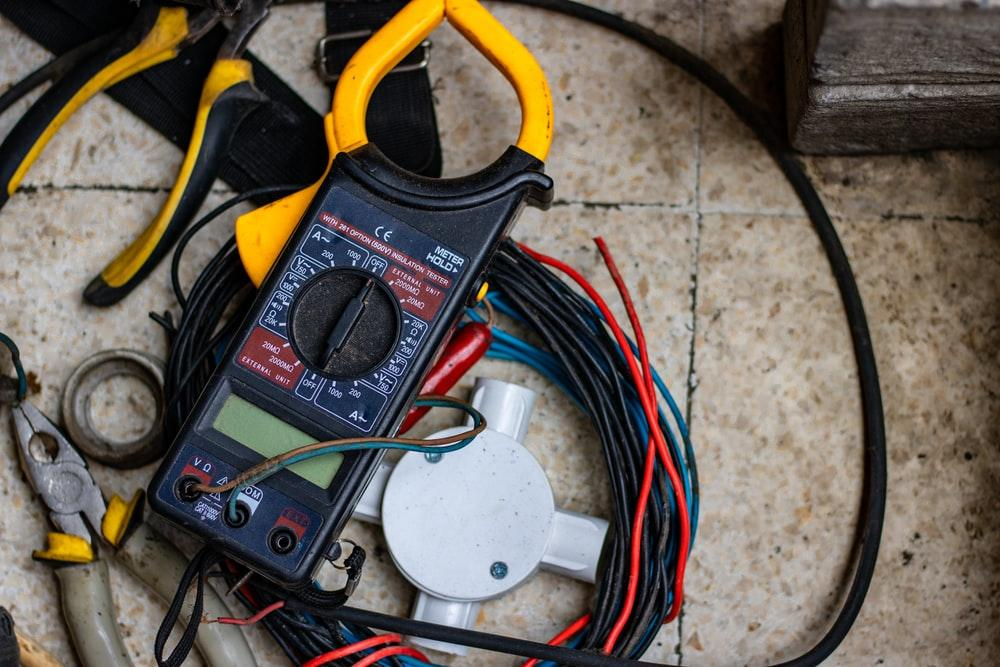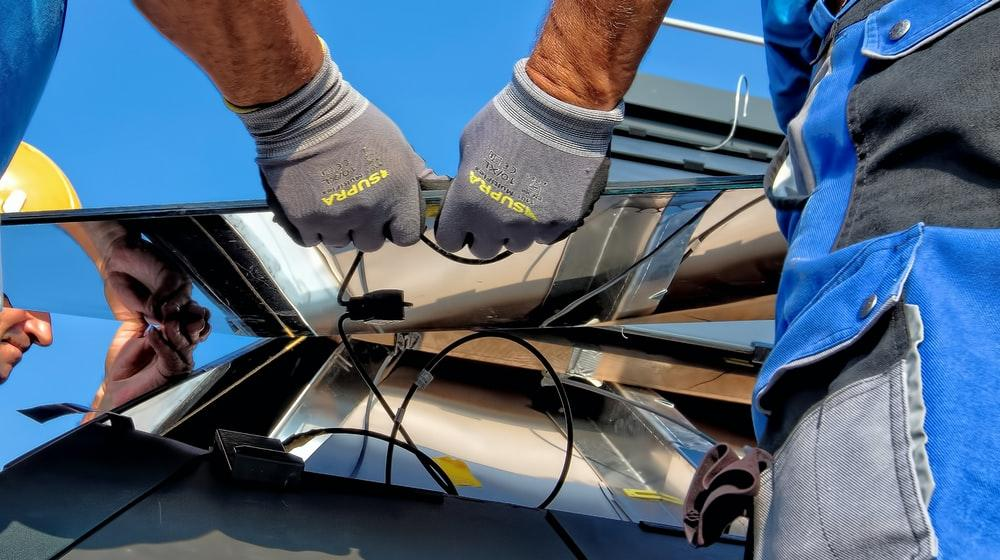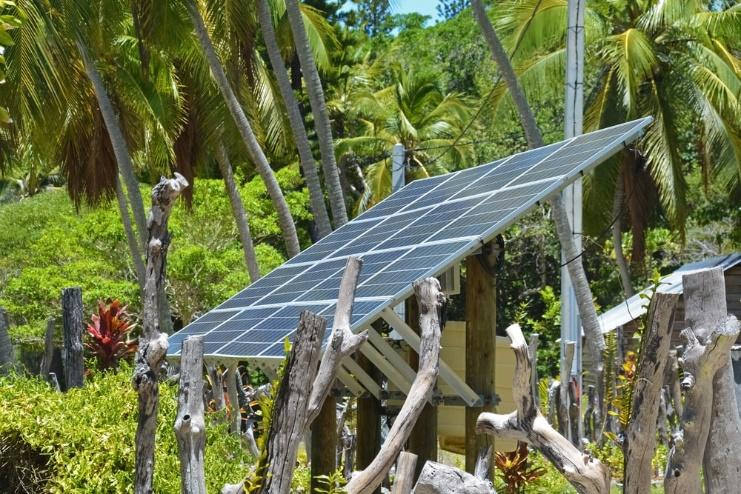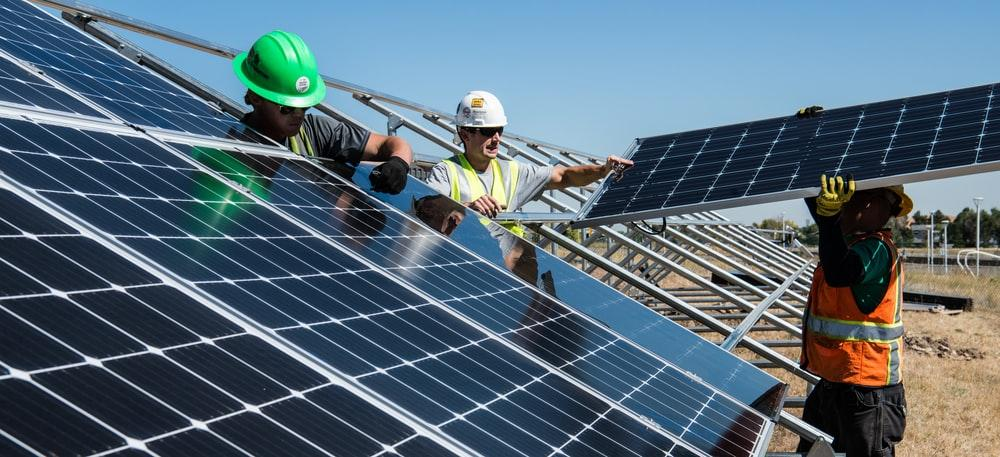Solar Panel Maintenance In Australia: Updated Guide- 2021
Please note that Solar Panel maintenance should be done by a CEC accredited installer.
This blog post applies to anyone who already has solar that may have been installed in a poor standard and wants to know of any potential issues that may arise with the system and it also applies to anyone who has solar that has been installed to the top quality standard as even well-installed systems need periodic maintenance to account for wear, tear and aging of the system.
Wanting to get the most power out of a Solar Panel throughout its life means ensuring the installation is maintained properly and the panels are kept clean throughout its lifetime.
From my experience working on a roof, there are a few issues that can arise with a solar system that need to be considered throughout the life of the system. The issues that I have faced in my installation experience, as part of different teams installing solar panels and as part of my observation of the Solar Panel.

Issues faced during Solar Panel Maintenance
Loose cables from the back of the module or from the module return cables, sagging over time and touching the roof due to the cable management method either being too temporary by relying on plastic cables solely instead of steel cable ties or metal cable clips.
This problem is caused by the fact that some installers only use plastic cable ties whereas it is best industry practice to have a steel cable tie every 300-500 mm along with the supporting rail structure.
Over time plastic cable ties will degrade when exposed to heat, debris and wind movement, I have seen some installations where the cables have fallen out of broken plastic cable ties and have touched the roof as a result.

Loose electrical connections causing resistance to power flow, this can occur in the isolator, in the solar DC return solar plugs as well as anywhere where a cable is terminated in some sort of connection, like at the inverter.
- This can become a problem when poor install methods where used when it comes to the DC return solar plugs that link the rooftop isolator to the ends of the strings of solar panels, what can happen is the leakage current can flow from the DC string out through the plugs and into the supporting structure of the rails.
- What this means is that the power is being consumed via its flow to earth and the system will shut itself off at the inverter until the faulty connections are fixed, resulting in downtime for your solar production
- Water ingress at the DC isolators can cause electrical faults that can lead to damage of the DC isolator and this can lead to electrical hazards on the roof if not avoided by proper solar panel installation techniques and periodic solar panel maintenance.
- The seeping of water into electrical components is a problem that must be avoided when it comes to Solar Panels to ensure the solar system functions properly and delivers power throughout its expected lifetime of 20-25 years.
When it comes to a system with extra electric equipment such as micro-inverters, optimisers or DC maximisers there comes an extra layer of solar panel maintenance checks as well as an extra layer of potential fault issues
- I have worked on large commercial systems that have used optimisers; per panel electronics which optimize the performance of each individual panel, that have had to sever malfunction rates of greater than 10% failure within a year after install, this problem it was found out came down to a mixture of factors, one of which being improper installation technique.
- It is important if you have optimisers to regularly check, by reading on the inverter screen or by reading on your login portal for your particular device, if monitoring is enabled, the power being delivered once a week during the middle of a sunny day and make sure this matches up with the power rating of the system, this also applies to normal string inverters as these too can fail from time to time.
Another check that needs to be performed via regular solar panel maintenance is having a visual inspection of the modules themselves as there are cases, due to either manufacturing defects in the modules, poorly designed systems, shading problems or soil and bird droppings, where the module may develop discolouration, microfractures or hot spots – black spots where power is consumed rather than generated.
These problems can be checked and rectified early via regular solar panel maintenance, either by claiming on the warranty of the module manufacturer or by purchasing a new single module to replace the malfunctioning one.
It is better to have regular solar panel maintenance and spot a problem early on than to have a problem untreated causing power loss or even electrical hazards on your roof.
A basic table of solar panel maintenance, derived from the AS/NZS 5033:2014 standard, that should be carried out with any Solar Panel is shown below for the benefit of system owners, please note this work should all be completed by an accredited installer.

Solar panel systems Maintenance/Servicing Schedule
| The maintenance schedule of solar panels | ||
| Component | Maintenance required | Frequency |
| Trees and animals on site |
|
-As needed |
| Fungus or dust on modules |
|
4 times a year |
| PV modules |
|
Yearly |
| Wiring installation |
|
-5 yearly
-Yearly |
| Electrical characteristics |
|
-Yearly |
| Protective devices |
|
-Yearly |
| Mounting structure |
|
-Yearly |




 1300-713-998
1300-713-998